Ondansetron HCL Oral Spray 15 mL for Cats: Complete Guide to Feline Nausea Relief, Dosage & Safety
Cats are notorious for hiding their discomfort, especially when it comes to gastrointestinal issues. Vomiting, nausea, and appetite loss are common symptoms seen in cats with a variety of underlying causes—from motion sickness to chemotherapy side effects. Ondansetron HCL Oral Spray 15 mL has emerged as a safe, effective solution to manage these symptoms in cats. In this in-depth blog, we explore how this medication works, its indications, dosage, safety profile, and best practices for use.
What is Ondansetron HCL?
Ondansetron Hydrochloride (HCL) is a selective serotonin 5-HT3 receptor antagonist. Originally developed for humans undergoing chemotherapy, radiation, or surgery, it blocks the action of serotonin—a natural substance that may cause vomiting and nausea.
In veterinary medicine, Ondansetron has gained popularity as an off-label but effective antiemetic for cats, especially when conventional treatments fail.
Why Cats Vomit: Understanding Feline Nausea
Vomiting and nausea in cats can stem from a multitude of causes. Understanding these can help cat parents see when Ondansetron might be useful:
Common Causes of Vomiting in Cats
- Hairballs
- Dietary indiscretion (eating spoiled food or garbage)
- Intestinal parasites
- Pancreatitis
- Kidney or liver disease
- Inflammatory bowel disease (IBD)
- Chemotherapy-induced nausea
- Post-operative side effects
- Viral infections (e.g., feline parvovirus)
When vomiting is frequent, persistent, or accompanied by other symptoms like lethargy, weight loss, or dehydration, it becomes a medical emergency.
Indications for Ondansetron HCL in Cats
Ondansetron HCL Oral Spray 15 mL is prescribed for a range of clinical scenarios:
1. Chemotherapy-Induced Nausea and Vomiting
Cats undergoing chemotherapy often suffer from gastrointestinal side effects. Ondansetron significantly reduces the severity and frequency of vomiting episodes.
2. Post-Operative Nausea
After surgery, especially under general anesthesia, cats may experience nausea. Ondansetron can be administered to ease post-surgical discomfort.
3. Pancreatitis
This painful inflammatory condition often causes intense nausea. Ondansetron is frequently used as part of the supportive care protocol.
4. Chronic Kidney Disease (CKD)
CKD is common in aging cats and often leads to uremia-induced vomiting. Ondansetron can provide symptomatic relief.
5. Inflammatory Bowel Disease (IBD)
Cats with IBD often suffer from chronic vomiting. Ondansetron may help manage flare-ups.
6. Hepatic Lipidosis
Cats suffering from fatty liver disease frequently experience nausea, making Ondansetron a suitable supportive therapy.
Why Choose the Oral Spray Form?
The 15 mL Oral Spray form of Ondansetron offers several advantages over tablets or injections:
- Non-invasive: Ideal for cats who resist pills or needles.
- Fast-acting: Absorbs quickly through the oral mucosa.
- Precise dosing: Delivers consistent medication per spray.
- Easy to use: Convenient for pet parents to administer at home.
Administration Guidelines and Dosage Instructions for Ondansetron Spray
Proper dosage depends on your cat’s weight, medical condition, and overall health status. Below are general guidelines to help understand standard usage.
General Dosage Guidelines
| Cat’s Weight | Typical Dose (mg) | Estimated Sprays (1 mg/spray) | Frequency |
| 2–3 kg | 0.5–1.0 mg | 0.5–1 spray | Every 8 to 12 hours |
| 4–5 kg | 1.0–2.0 mg | 1–2 sprays | Every 8 to 12 hours |
| 6–7+ kg | 2.0–3.0 mg | 2–3 sprays | Every 8 to 12 hours |
Note: Dosage may vary based on the concentration of the specific product. Always follow your veterinarian’s exact instructions.
Administration Instructions
- Shake the bottle gently before each use.
- Hold your cat calmly—wrap in a towel if needed to prevent movement.
- Lift the upper lip or gently pull back the cheek.
- Spray the medication inside the cheek pouch, not directly down the throat.
- Avoid food or water for 15 minutes after administration to ensure proper absorption.
Important Tips
- Always follow the exact dosage and timing recommended by your veterinarian.
- Continue the full treatment duration, even if your cat appears to have recovered.
Benefits of Ondansetron HCL Oral Spray
- Rapid onset of action
- Easy administration at home
- Reduces vomiting frequency
- Helps restore appetite
- Minimizes dehydration risks
- Reduces stress compared to injections or tablets
Safety, Side Effects, and Usage Precautions of Ondansetron HCL Oral Spray for Cats
Ondansetron HCL Oral Spray is a widely used antiemetic in feline medicine, particularly for managing nausea and vomiting caused by chemotherapy, kidney disease, and gastrointestinal conditions. While it is generally considered safe and well-tolerated, it’s important to be aware of potential side effects, safety considerations, and responsible usage practices.
Safety Profile
Ondansetron is a 5-HT3 serotonin receptor antagonist that works by blocking the action of serotonin in the body—particularly in the brain and gastrointestinal tract—thereby preventing nausea and vomiting. It is classified as safe for use in cats when prescribed and administered appropriately by a veterinarian.
- Veterinary Use: Though originally developed for humans, Ondansetron is commonly used off-label in cats for a variety of clinical conditions.
- Well-tolerated: Most cats tolerate it well, especially in the oral spray form, which minimizes stress during administration.
- Non-sedative: Unlike some antiemetics, Ondansetron does not cause significant sedation, making it ideal for daytime use.
Possible Side Effects
- Mild drowsiness or lethargy
- Constipation
- Temporary head shaking or gagging after spraying
- Rare allergic reactions (e.g., swelling, itching, difficulty breathing)
- Extremely rare: irregular heart rhythms (in overdose cases)
If any unusual symptoms appear, stop use and consult your veterinarian immediately.
Precautions and Safety Guidelines
To ensure optimal effectiveness and reduce risks, follow these important guidelines:
1. Veterinary Supervision Is Essential
- Do not self-medicate. Use only under the guidance of a licensed veterinarian.
2. Use with Caution in Special Cases
- Pregnant or lactating cats: Use only if absolutely necessary. There is limited safety data, so weigh risks and benefits with your vet.
- Kittens under 6 months: Safety has not been well established. Use only if prescribed.
3. Watch for Drug Interactions
- Tramadol or other pain relievers
- SSRIs (Selective Serotonin Reuptake Inhibitors)
- Other antiemetics or medications affecting serotonin
4. Proper Administration Techniques
- Avoid giving food or water for 15 minutes post-dosing to allow for full absorption.
- Do not exceed the recommended dose, and follow the schedule strictly.
5. Monitor and Report
- Observe your cat closely after administration.
6. Avoid Sharing Between Pets
- The dosage and indications vary by cat.
- Never use a prescription meant for another animal, even if symptoms appear similar.
Veterinarian Insights
Veterinarians often recommend Ondansetron when:
- The vomiting persists despite dietary changes.
- The cat is undergoing cancer treatment.
- Traditional antiemetics aren’t effective.
- A non-invasive, at-home solution is preferred.
Veterinary oncologists especially favor Ondansetron for managing nausea in feline chemotherapy patients.
Scientific Research on Ondansetron HCL Use in Cats
The use of Ondansetron HCL in feline medicine, while technically off-label, is supported by a growing body of scientific research and clinical evidence. Ondansetron, a selective 5-HT3 receptor antagonist, was originally developed to manage nausea and vomiting in human cancer patients but has proven effective in veterinary applications as well—particularly in managing gastrointestinal and chemotherapy-related symptoms in cats.
Key Scientific Findings
1. Efficacy in Managing Vomiting and Nausea
- A study published in the Journal of Feline Medicine and Surgery (2015) demonstrated that Ondansetron significantly reduced vomiting episodes in cats with chronic kidney disease (CKD), a condition that commonly causes uremic nausea.
- The antiemetic effect was especially pronounced in comparison to metoclopramide, which has more central action but less specificity toward serotonin pathways.
2. Use in Chemotherapy-Induced Nausea
- Ondansetron is frequently used in veterinary oncology to prevent or treat vomiting in cats undergoing chemotherapy with agents like doxorubicin or cyclophosphamide.
- According to a comparative trial in Veterinary Comparative Oncology (2017), Ondansetron was as effective as maropitant (Cerenia) for reducing chemotherapy-induced vomiting in cats and better tolerated in some patients.
3. Combination Therapies
- A 2020 study in the American Journal of Veterinary Research suggested that Ondansetron and Maropitant, when used in combination, may provide enhanced antiemetic coverage, especially in complex cases such as pancreatitis or IBD.
- The study noted reduced reliance on appetite stimulants when Ondansetron was introduced early in the treatment plan.
4. Pharmacokinetics in Cats
- Pharmacokinetic evaluations show that Ondansetron has a rapid onset of action when administered via the oral mucosa, making the oral spray formulation particularly effective for quick relief.
- The half-life in cats ranges from 1.5 to 3 hours, which supports dosing every 8–12 hours for sustained effect.
5. Minimal Side Effects in Controlled Studies
- Multiple peer-reviewed trials and case studies report minimal adverse reactions in feline subjects.
- In a 2019 clinical trial evaluating various antiemetics, Ondansetron showed a lower incidence of sedation and GI upset compared to older medications like chlorpromazine.
Clinical Relevance in Veterinary Practice
Veterinarians increasingly rely on Ondansetron as part of supportive care for cats suffering from:
- Chronic kidney disease
- Chemotherapy protocols
- Pancreatitis
- Post-operative recovery
- Inappetence associated with nausea
Its favorable safety profile, palatable spray format, and efficacy across multiple causes of vomiting make it a trusted medication in both emergency and chronic care scenarios.
Conclusion
Managing nausea and vomiting in cats can be challenging, especially when the symptoms are persistent or linked to serious conditions like kidney disease, IBD, or chemotherapy side effects. Ondansetron HCL Oral Spray 15 mL offers a modern, effective, and easy-to-administer solution that provides fast relief and improves your cat’s quality of life. Its targeted mechanism of action, minimal side effects, and user-friendly oral spray format make it a valuable tool in veterinary medicine. While it’s not a cure for the underlying condition, it plays a crucial supportive role in helping cats eat, stay hydrated, and feel more comfortable during recovery or chronic illness management.







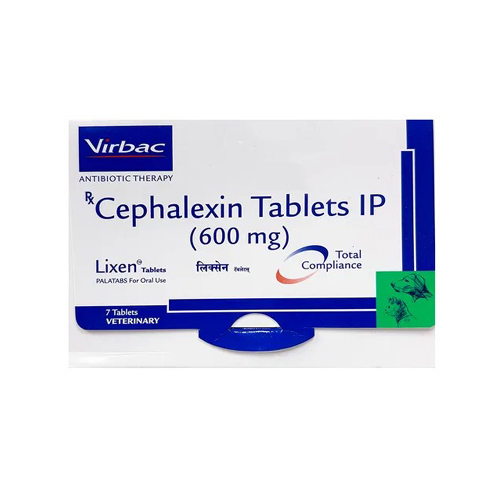
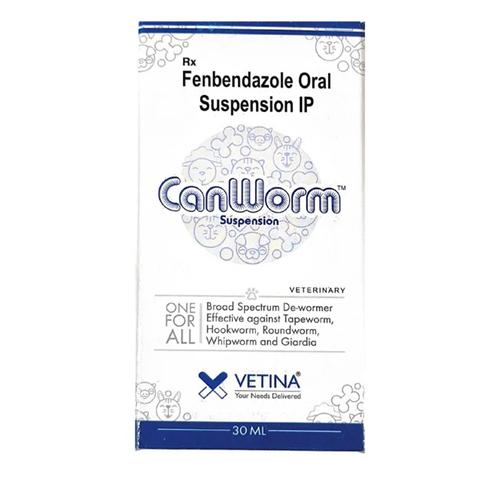


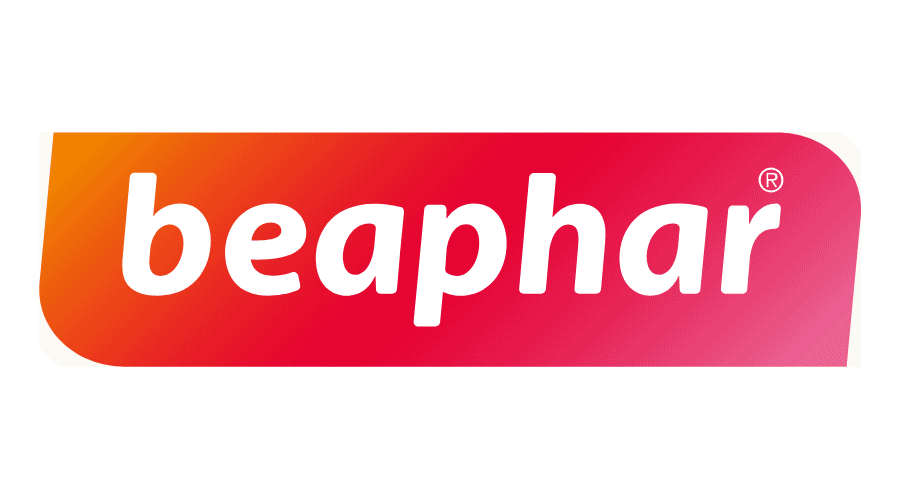
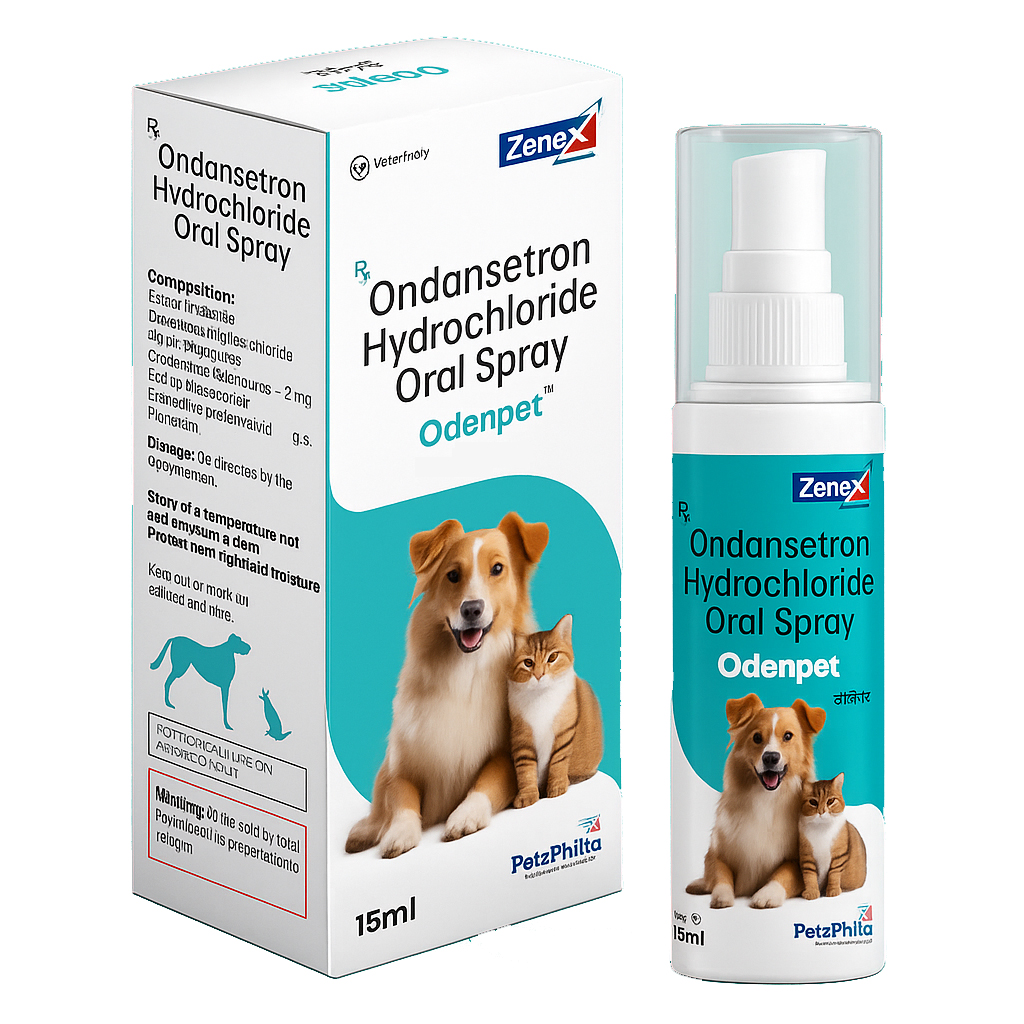
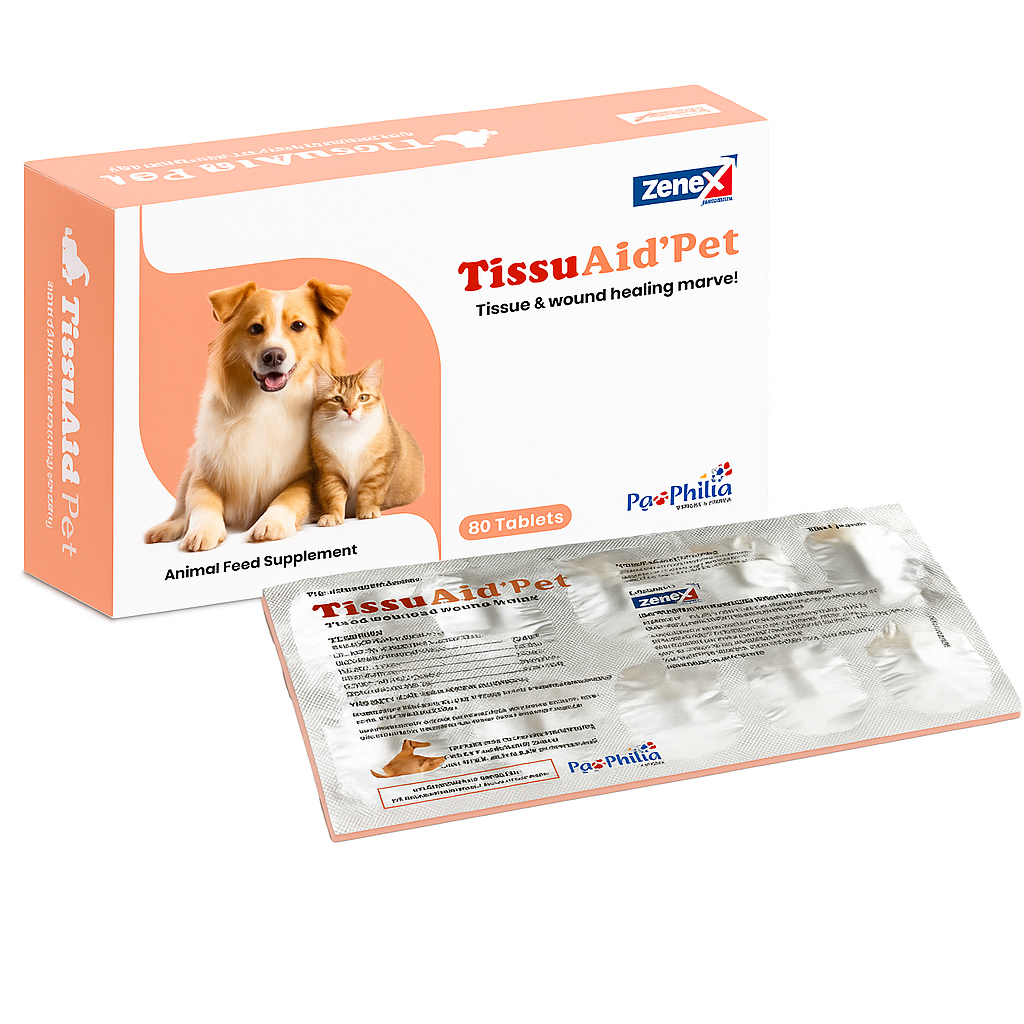
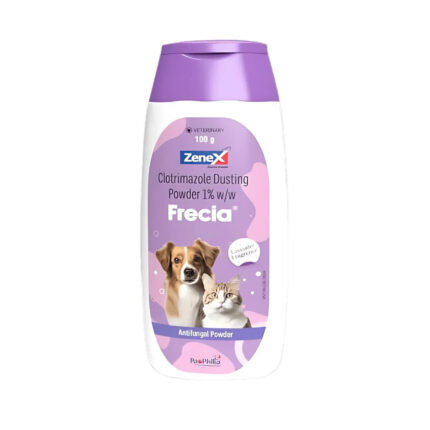
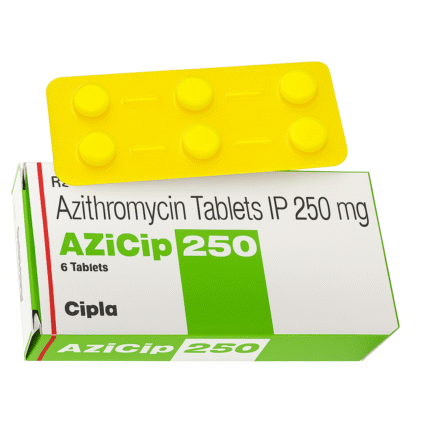
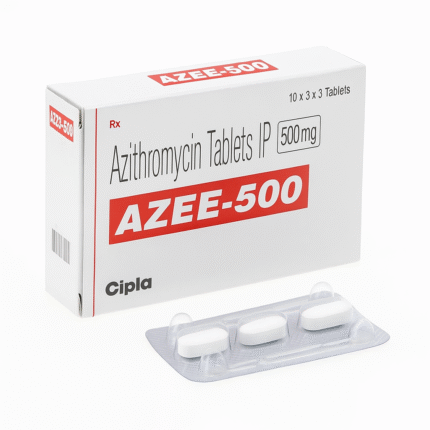
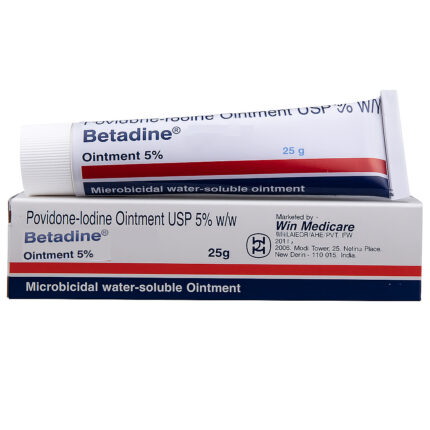
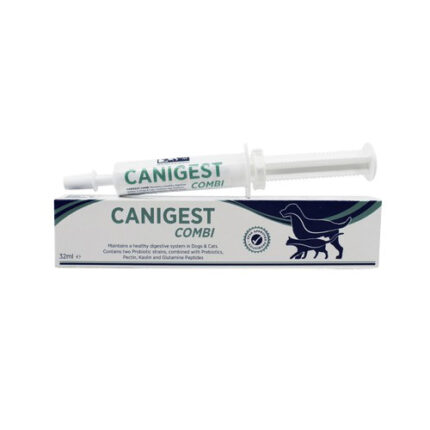
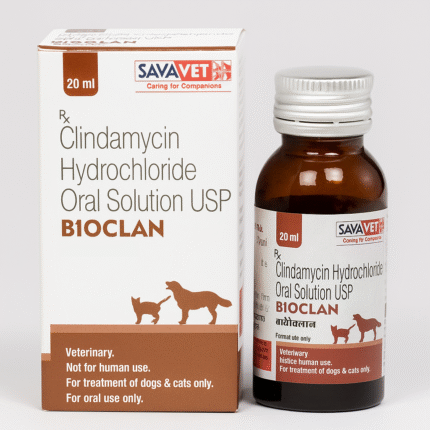
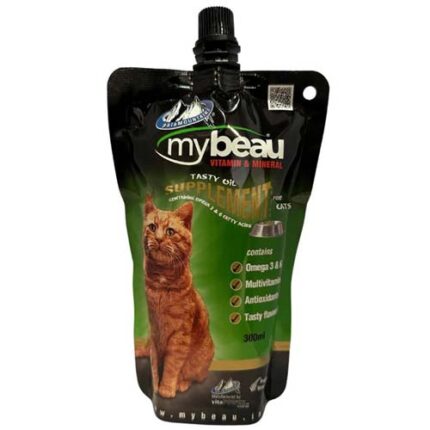

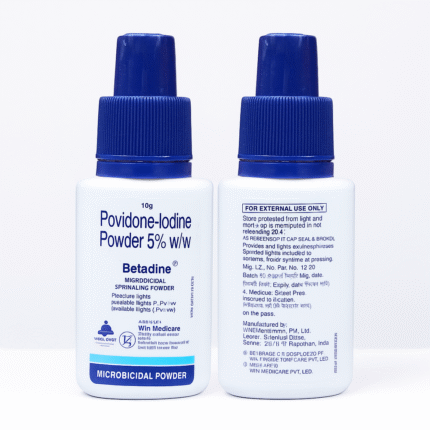

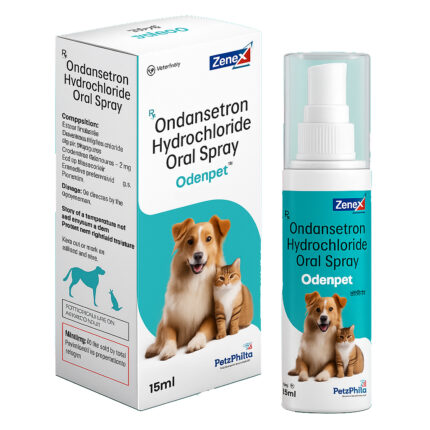
Reviews
There are no reviews yet.